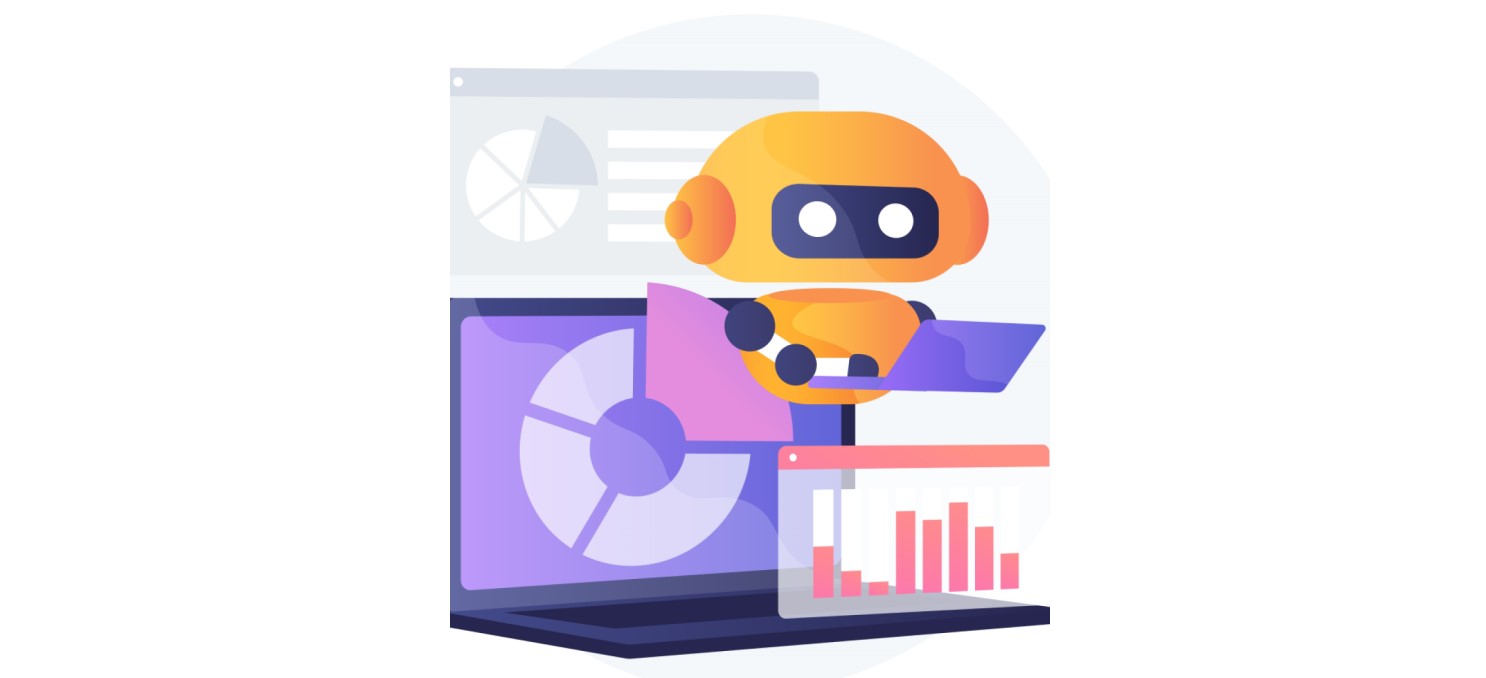Not just for tech wonks: Benefits of a CDP explained
You don’t have to be a Chief Data Officer to have heard about customer data platforms (or CDPs) and the profound impact they promise to have on businesses. These customer database systems are prolific and their benefits are far-reaching. So what are the benefits of a CDP?
Let’s break them down one by one.
What is a CDP?
To understand the benefits of a CDP, you need to know what it is. A CDP is a standalone software solution that collects data from all your customer touchpoints (transaction history, social channels, sales and service interactions, smart device usage, etc.), and makes that data usable and available to your various customer engagement teams.
Think of it as a Marie Kondo for your customer data: collecting everything you have, removing excess clutter, and organizing it so that it actually makes sense for your business.
That may sound simple, but anyone who’s worked in a large organization with multiple departments running independently can attest that it’s anything but. And effectively compiling your customer data can have some serious business benefits, particularly with a database that is accessible.
What is CDP? | Customer Data Platform, defined
Businesses have lots of data – but what do they do with it? Discover how a CDP helps organizations reach customers, identify intent, and personalize messaging to exceed KPIs and bottom line projections.
Top 3 Benefits of a CDP
There are numerous benefits of a Customer Data Platform, let’s focus on three advantages to start.
CDPs help you better understand your customers
One of the primary features of a CDP is that it aggregates all the data you have about customers from all your different systems and departments and uses it to paint a much clearer picture of who they are on an individual level.
And, since CDPs do this automatically, the profiles are dynamic – evolving with the customer the more they engage with you.
Having a more complete and nuanced understanding of your customers means you can deliver hyper-personalized experiences. And considering 72% of consumers say they’ll only engage with marketing that’s personalized, unlocking those deeper insights can really impact your revenue. Imagine the potential of marketing automation that uses real-time party data to stay ahead of your customers’ desires.
CDPs enable seamless cross-channel CX
By centralizing all your customer data into a single system, you give all your customer teams access to the same data and insights. Not only does this make it easier for teams to work more collaboratively vs. competitively, but it makes it possible to deliver a more seamless experience no matter what channel the customer chooses to engage with.
CDPs operate as that central hub for all your customer data, breaking down the silos that make effective engagement difficult.
CDPs reduce the risk of data misuse, improving customer trust
We all know that with great power comes great responsibility. Consumers are comfortable sharing their data in exchange for personalized experiences, but they expect you to protect that data. In fact, 71% of consumers will stop doing business with a company for giving away their sensitive information.
Image of a pie chart illustrating the 4 quarters of data- qualitative, behavioral, descriptive, and identity data that CDPs collect.
CDPs not only make it easier for you to gain valuable insights through customer data – they also make it easier for you to protect that data. They help you understand your customers’ privacy preferences and, by combining all their information into a single profile, make it easier to enforce those preferences everywhere. Once you have your CDP set with your tech stack, you are able to be more transparent with how you protect customer data.
The bottom line
The benefits unlocked by a customer data platform extend throughout the entire business. By streamlining and organizing your customer data, you’ll have access to deeper customer insights that will allow you to engage customers more effectively – anticipating their needs and tailoring their engagements. And democratizing that data within your organization will make cross-channel engagements more consistent, secure, and profitable. As we move toward a new understanding of data, companies that work proactively to deliver personalized experiences all the while protecting their customers’ will become the new standard by which all brands are measured.
This is a race you can win with a grand prize of customer loyalty and company-wide collaboration.
This article is written by Emily Morrow and originally published here
